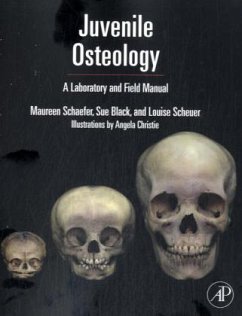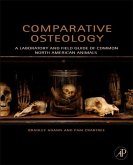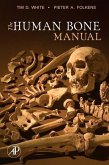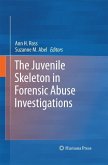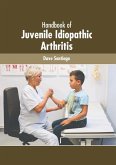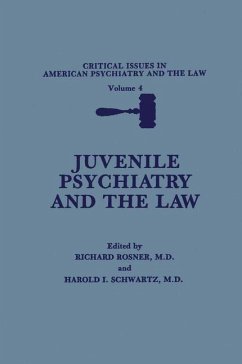The need for a laboratory and field manual to assist with the evaluation of juvenile skeletal material is long overdue. This resource is essential for the practising osteoarchaeologist and forensic anthropologist who requires a quick, reliable and easy-to-use reference to aid in the identification, siding and aging of juvenile osseous material. While excellent reference books on juvenile osteology are currently available, no pre-existing source adequately fills this particular niche in the market.
This field manual is designed with practicality as its primary directive. Descriptions of each bone contain 1) morphological characteristics useful for identification, 2) other elements with which the bone may be confused, 2) tips for siding, 3) illustrations of varying developmental phases, 4) data useful for ageing, and 5) a summary of developmental timings. Concise, bullet-style descriptions assist with quick retrieval of information.
Unique to this manual is the presentation of data collected from a variety of populations, utilizing a range of observational methods, as an alternative to providing one overall aging summary that is derived from a compilation of many individual sources. This manual provides a host of data on a variety of populations to enable the user to select the reference most applicable to their needs.
The final chapter combines information from each bone to provide a summary of developmental changes occurring at different life stages to act as an immediate 'ready reckoner' for the knowledgeable practitioner. It also provides forms useful for documenting juvenile material and diagrams to help with the recognition of commingled juvenile remains.
The manual is a must for anyone responsible for the evaluation of juvenile osseous material through dry bone assessment, radiographs, sonograms, and or CT scans.
_Identifies every component of the developing skeleton
_Provides detailed analysis of juvenile skeletal remains and the development of bone as a tissue
_Summarizes key morphological stages in the development of every bone
_Provides data on a variety of populations to enable the user to select the reference most applicable to their needs
_Focuses on practicality, with direct, bullet style descriptions
_Provides forms for documenting juvenile material
_Provides diagrams to help with the recognition of commingled juvenile remains
_Final chapter provides summary of developmental changes occurring at different life stages to act as an immediate 'ready reckoner' for the practitioner
Hinweis: Dieser Artikel kann nur an eine deutsche Lieferadresse ausgeliefert werden.
This field manual is designed with practicality as its primary directive. Descriptions of each bone contain 1) morphological characteristics useful for identification, 2) other elements with which the bone may be confused, 2) tips for siding, 3) illustrations of varying developmental phases, 4) data useful for ageing, and 5) a summary of developmental timings. Concise, bullet-style descriptions assist with quick retrieval of information.
Unique to this manual is the presentation of data collected from a variety of populations, utilizing a range of observational methods, as an alternative to providing one overall aging summary that is derived from a compilation of many individual sources. This manual provides a host of data on a variety of populations to enable the user to select the reference most applicable to their needs.
The final chapter combines information from each bone to provide a summary of developmental changes occurring at different life stages to act as an immediate 'ready reckoner' for the knowledgeable practitioner. It also provides forms useful for documenting juvenile material and diagrams to help with the recognition of commingled juvenile remains.
The manual is a must for anyone responsible for the evaluation of juvenile osseous material through dry bone assessment, radiographs, sonograms, and or CT scans.
_Identifies every component of the developing skeleton
_Provides detailed analysis of juvenile skeletal remains and the development of bone as a tissue
_Summarizes key morphological stages in the development of every bone
_Provides data on a variety of populations to enable the user to select the reference most applicable to their needs
_Focuses on practicality, with direct, bullet style descriptions
_Provides forms for documenting juvenile material
_Provides diagrams to help with the recognition of commingled juvenile remains
_Final chapter provides summary of developmental changes occurring at different life stages to act as an immediate 'ready reckoner' for the practitioner
Hinweis: Dieser Artikel kann nur an eine deutsche Lieferadresse ausgeliefert werden.

